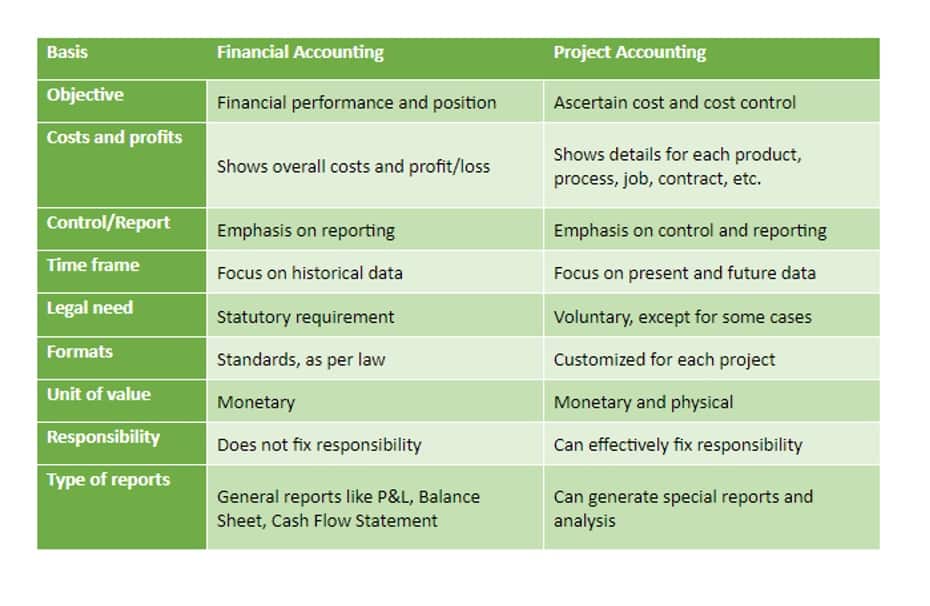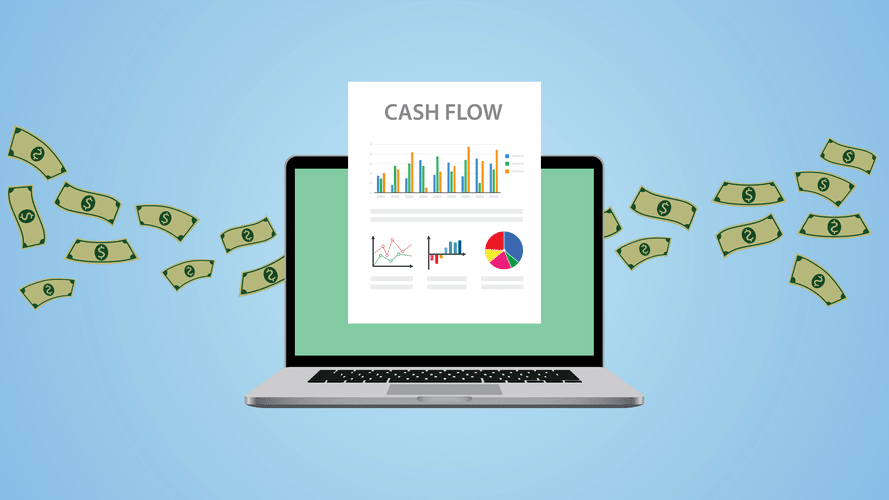Cost of Debt: Definition, Formula, Calculation & Example

Your cost of capital represents the total Legal E-Billing cost you pay to raise capital funds for your business. To find total interest, add up all the interest expenses paid over the past year, including on loans, lines of credit, and any other form of debt financing. You can find total interest expenses on your income statement or tax return. The cost of debt is how much interest a company pays on borrowed money. This includes loans, bonds, credit lines, or any other form of debt financing. The cost of debt refers to the overall cost that a company pays on borrowed money.
Interest & Tax Rate
The company’s current capital structure is 60% equity and 40% debt. On the other hand, the (1 payroll – Tax Rate) segment acknowledges the tax shield due to interest payments and essentially reduces the ‘sticker price’ of debt. When interests are tax-deductible, the tax rate plays a pivotal role. High-interest liabilities can eat into profit margins, restrict cash flows, strain your startup’s resources, and make your financial statements unattractive to potential investors.
Step 3: Adjust for Tax Benefits

While debt can offer tax advantages and lower costs, it also increases financial risk. On the other hand, equity financing provides more flexibility but at a higher cost. By optimizing their capital structure, companies can enhance their value and maximize returns for their shareholders. When a business borrows money, whether through bonds, loans, or lines of credit, it must pay interest to the lender. The cost of debt refers to the interest rate the company must pay on these obligations.
Promoting your Small Business on Twitter

At Swoop we want to make it easy for SMEs to understand the sometimes overwhelming world of business finance and insurance. Our goal is simple – to distill complex topics, unravel jargon, offer transparent and impartial information, and empower businesses to make smart financial decisions with confidence. Now that you know the true cost of debt, you can confidently find funding that fits your company’s unique needs.


When interest rates are high, businesses may face higher how to find cost of debt borrowing costs. Conversely, during periods of low interest rates, businesses may benefit from lower borrowing costs. Businesses that don’t pay attention to cost of debt often find themselves mired in loan payments they can’t afford. Know what the true cost of borrowing money is before you take out a loan and compare products and rates to get the best deal possible.
- By proactively managing and optimizing their cost of debt, businesses can maintain a healthy financial position, ensure their ability to meet obligations, and promote sustainable growth.
- Similarly, less conventional sources of financing may allow you to pay fewer interest charges.
- The cost of debt is the interest rate that a company must pay to raise debt capital, which can be derived by finding the yield-to-maturity (YTM).
- Know what the true cost of borrowing money is before you take out a loan and compare products and rates to get the best deal possible.
- VA loans are partially backed by the Department of Veterans Affairs, allowing eligible veterans to purchase homes with zero down payment (in most cases) at competitive rates.
The credit rating of a business plays a significant role in determining its cost of debt. Lenders assess the creditworthiness of a company based on its financial stability, payment history, and overall credit profile. A higher credit rating indicates lower perceived risk, which translates into a lower cost of debt.
The Weighted Average Cost of Capital (WACC)
- Determine the cost of equity, which represents the rate of return expected by equity investors.
- While an upfront funding fee is required on these loans, your down payment can be as little as zero down without paying PMI.
- The weight of debt is the proportion of debt in the total capital structure.
- The loan is repaid, along with an interest expense, over months or years.
- Because your tax rate is 40%, that means you end up paying $40 less in taxes.
- This after-tax cost of debt calculator is designed to calculate how much it costs a company to raise new debts to fund its assets.
This function is best used for obtaining financials, key metrics, revenue segments, analyst estimates, etc. (see data available per function). Conversely, in times of economic downturns, monetary authorities may opt for rate cuts to stimulate consumer spending and spur investment activities. This apparently straightforward formula contains the seeds of insightful financial analysis.
- In addition to mortgages options (loan types), consider some of these program differences and mortgage terminology.
- In contrast, during an economic downturn, interest rates may rise, increasing the cost of debt for many firms.
- If possible, negotiate or compare these costs between lenders or types of debt.
- The YTM incorporates the impact of changes in market rates on a firm’s cost of debt.
- Equity capital tends to be more expensive for companies and does not have a favorable tax treatment.
- As a result, debtholders will place covenants on the use of capital, such as adherence to certain financial metrics, which, if broken, allows the debtholders to call back their capital.
- This makes it easier to allocate funds effectively and meet all financial commitments.
First, it can be calculated without factoring in your company’s corporate tax rate, which is referred to as the pre-tax cost of debt figure. If you want to account for the corporate tax savings of your business, you calculate an after-tax cost of debt figure, both of which we discuss below. In summary, the cost of debt influences both the Debt to Equity Ratio and WACC, playing an essential role in determining a company’s capital structure. Understanding these key financial metrics helps businesses make informed decisions about their financing options to optimize their capital structure and maximize shareholder value. Credit ratings play a significant role in determining the cost of debt for a company. Higher credit ratings typically result in lower interest rates on the company’s borrowings, as lenders perceive such firms as less risky.
These can limit the capacity to reinvest in the business, hamper the agility to pivot in response to market changes, or even affect routine operational expenses. Calculate your cost of debt to get a complete view of your cost of capital and a firmer foundation for making strategic financing decisions. Knowing your cost of debt provides the critical information you need to make a smart decision about a loan or another financing opportunity.


